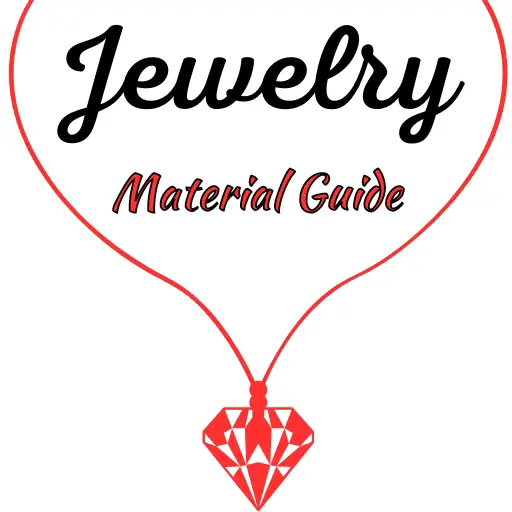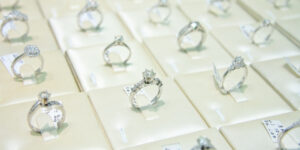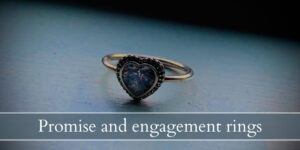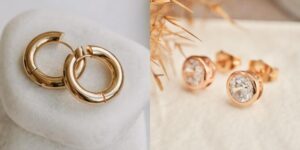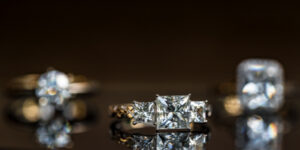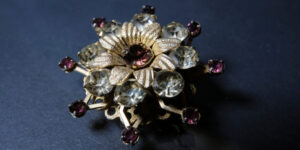Looking into vintage jewelry ? Then you’ve definitely stumbled across filigree rings, and you know how delicate and impressive they look. Filigree rings aren’t common nowadays but their beauty remains the same. Here’s what you need to know before getting one of your own.
What are filigree rings ?
Filigree rings are a type of ring made of small, thin metal threads that have been bent and shaped into a very detailed pattern, often with a floral or leafy pattern, and sometimes inspired by fleur-de-lys. Most of the time these rings have holes or negative spaces within the band, and thus can be very delicate. There are filigree rings where the plain band is carved and embossed so there is no negative space, but it still qualifies as a filigree ring.
The defining feature of these rings is their intricate look, but the classic and traditional ones are the negative space versions. Very delicate, difficult to make, and most often handmade. Imagine lace, made of very delicate metal. Common motifs and accents are flowers, leaves, spirals, milgrain, beadwork. They almost never have side stones, just a center stone.
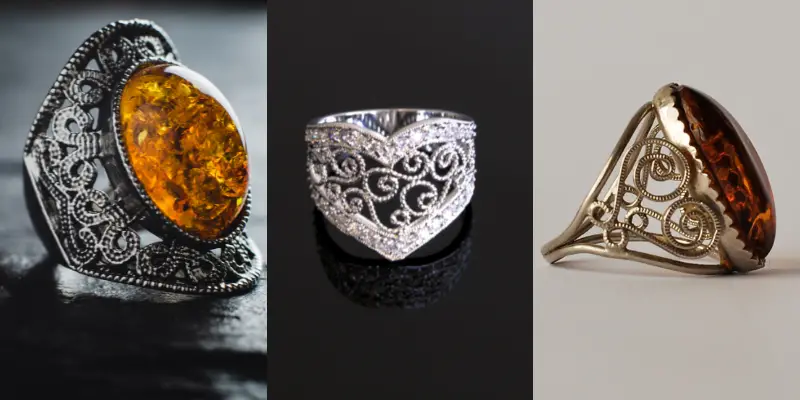
What era are filigree rings ?
Most filigree rings were always around but became very popular from the late 1800s to early 1900s, and there is significant overlap with the Art Deco era. An original filigree qualifies as vintage, and might even quality as antique, depending on who does the appraisal.
Art Deco filigree rings blend highly geometric patterns with the intricacies of older filigree, resulting in some of the most interesting ring styles out there.
What diamonds go best with filigree jewelry ?
Old mine cut or old European cuts are the go-to diamonds if you want to preserve a vintage look in your filigree ring. Even a rose cut diamond may work very well, but they were out of favor by the time filigree rings became popular.
Old mine cut diamonds are a bit older so the old European cut would be the most era-appropriate diamond if you want to be as authentic as possible.
Are filigree rings expensive ?
Filigree rings sell for anywhere from $10-100 or more, depending on the type of metal, how complex the details are, and whether it’s handmade or not. If the ring features a gemstone the price will go up.
Filigree rings are typically as expensive as the metal you’ve chosen + the goldsmith’s fee. So naturally, metals that are denser end up making your ring heavier, which raises the overall cost of the ring. And denser metals may be more difficult to work with so your goldsmith may charge a bit extra for platinum vs 14k gold for example (this varies from goldsmith to goldsmith). Any gems you add will also raise the cost.
Do keep in mind that handmade filigree rings always look better and are more intricate than cast filigree rings, but they also cost more due to the labor-intense work of creating the ring. Most of the time a filigree ring is about 30% more expensive than a plain band, regardless of it being cast or handmade.
If your filigree ring is already made there is nothing to negotiate and if the price seems too high you can always look at other sellers.
The pros of getting a filigree ring
Your filigree ring comes with a few perks, and if you’re not yet convinced maybe seeing this list will help sway you.
A lot of detail work, the ring looks intricate and stately
Everyone wants their ring or jewelry to look great, impressive even, even if it’s just for yourself. A filigree ring does look impressive and it does look great, since it’s full of tiny details that make it hard not to stare at it in wonder. So if you’re looking to get something beautiful, a filigree ring is definitely the way to go.
As an added bonus the ring is very likely to be unique within your social circle, as not many people opt for a vintage/antique look and go all-out.
Less expensive than getting side stones for embellishment
The filigree on your ring is plenty, so you won’t be lacking details and the ring won’t be bland. Since this is all made with the same metal, the overall cost of making the ring is lower than adding side stones. Of course you can still add side stones or accent stones and make the whole thing look even better. But even if you decide to stick to just metal, the ring is still interesting and beautiful on its own.
Read also: Diamond Pave Band Guide
The cons of getting a filigree ring
There are a few downsides to filigree rings, and it’s best to know them before you make your purchase. Some of these may qualify as just minor annoyances for some, but it’s still good to know beforehand.
A lot of details, more difficult to clean properly
Your ring is a highly detailed piece of intricate metalwork… this lends itself to a more difficult cleaning at home. Depending on your metal of choice the ring can tarnish, and it can also get debris stuck between some very fine threads. For this reason we recommend either avoiding silver, or accepting that you will need to clean it often and maybe not be able to get all the patina off. This is a very personal preference.
Of course, a jeweler or goldsmith is perfectly capable of deep cleaning the ring and making it look like new.
Filigree work is very delicate, treat with care
Since true filigree work, the one with negative space, is very delicate you may want to treat your ring with some extra care. It could snag, it could get a small bit bent out of shape, it could just be bent out of shape by catching something heavy with your hand.
The point is, several metal threads bent into a pattern are not going to be as sturdy and strong as a single, thick band like most wedding bands or rings. So while you can wear your filigree ring every day, it’s wise not to expect it to hold up to wear and tear as well as a plain band.
Might be poorly done, with rough edges or an uneven pattern
By this we mean that many filigree rings are actually cast, instead of bent and shaped (handmade). This isn’t necessarily a bad thing, but it leaves a lot of room for aesthetic issues like rough edges, sides that weren’t polished, or bits where the metal didn’t pour properly and now you’ve got a half finished prong or one that is too thin.
Be very, very careful when selecting your filigree band and look at it from every angle possible. Make sure the pattern is even, the threads are full and aren’t missing pieces, and the insides of the threads are polished. Most of the time they look like poorly made fork tines, you know the ones that look rough and unpolished.

I’m the main author for jewelrymaterialguide.com. I started this site after we did tons of research before our wedding and noticed that there is information about rings, jewelry, and so on that is really hard to find on the internet.
